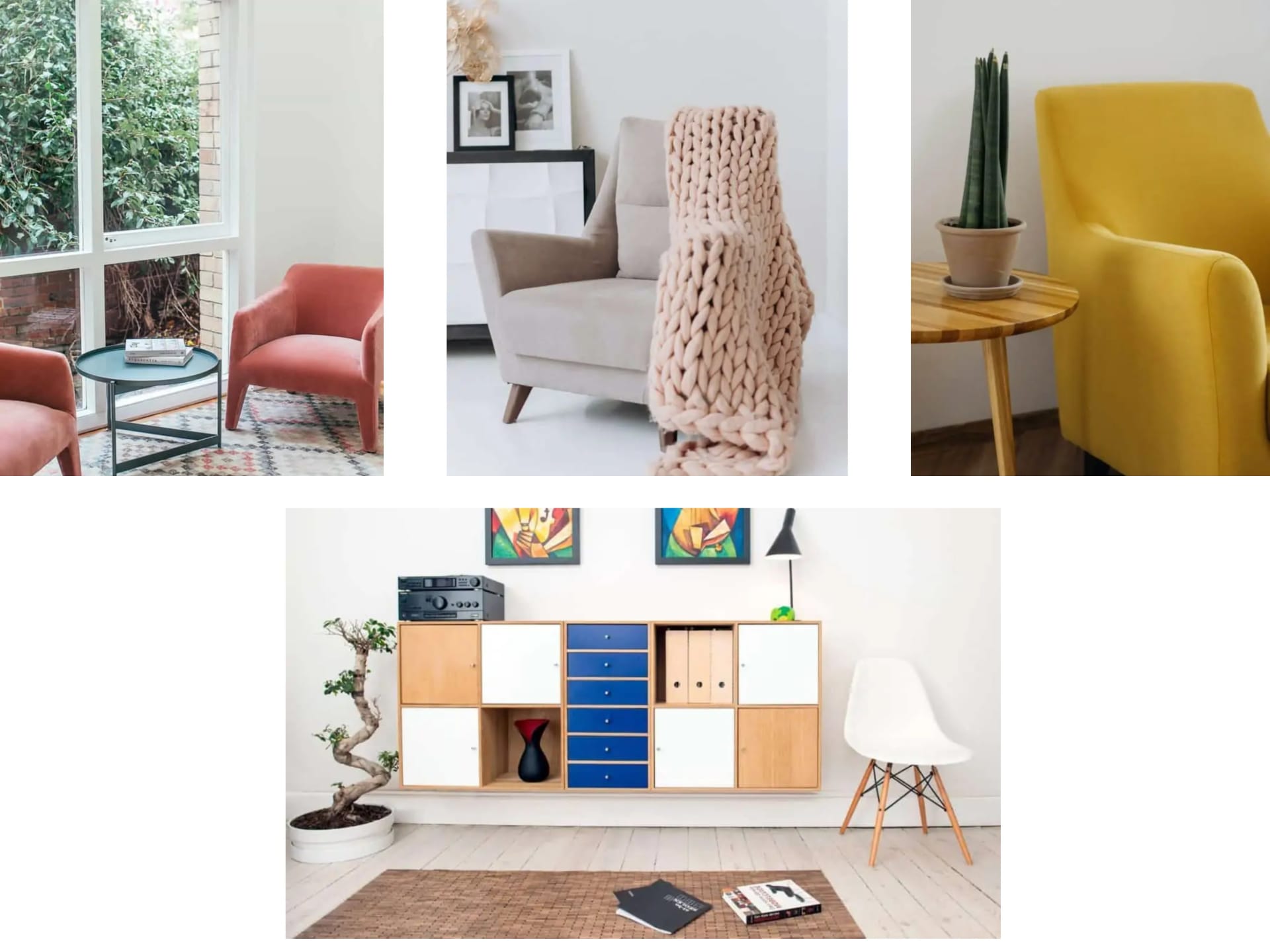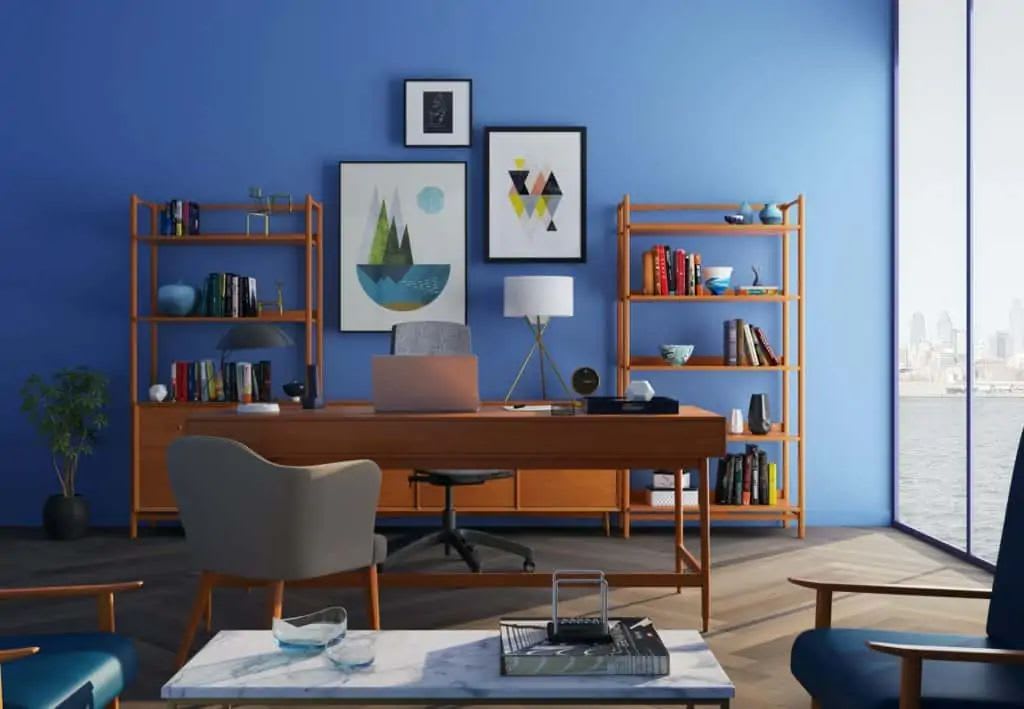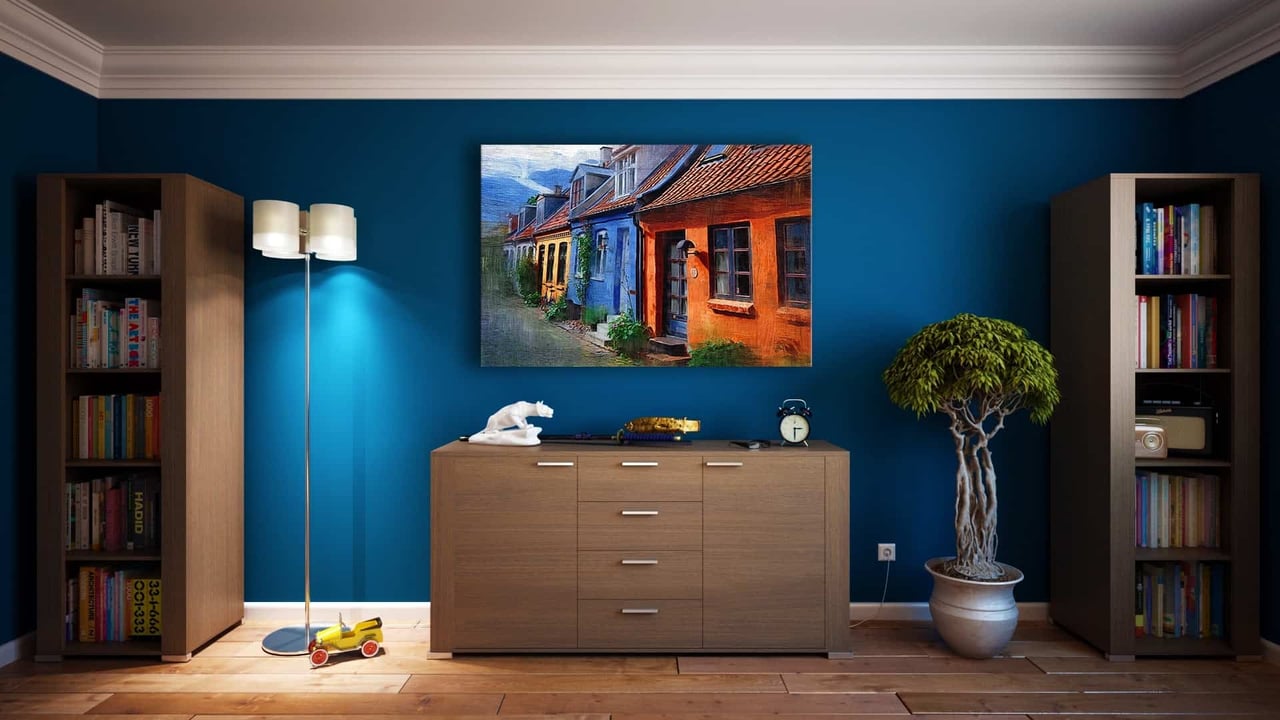It’s pretty much established that most of us like a beautiful home. It’s our safe space where we let our hair down and recharge from the madness that is Life. Not all of us can rely on the acute eye of an interior designer and while some of us have a knack for colors and sprucing things up, a few of us are simply hopeless in that department. We are here to offer some guidance to help even the most design-impaired. We want to share with you a secret that cheers up any space and that will leave all your friends in awe about your decorating skills. What is this special secret you might ask? Well, it’s all in the details.
These are little things you can add to your home that will make all the difference. We’re talking about accent lighting, rugs, pillows, and a little bit of paint.
A more fleshed-out list of things you can add to your home include:
- Types of lighting
- Accessories
- Wall decoration and art
- Pillows and rugs
- Plants
- Window decoration (blinds, shades, curtains)
- Furniture details, such as nailhead trim, cushion piping, the shape of the feet, etc.
- Switchplates and plug outlet covers
- Architectural trim
- Handles and knobs
How Do I Start?
We recommend focusing on one room at a time. Take the surroundings in, make an intake of what you have in the room, what you like, and where you’d like improvements. Simply hopping online or going to a store and buying what pleases the eye could possibly leave you overwhelmed and you could lose track of the space and measurements.
A design board is very useful. You can use software, Pinterest, or simply draw your space on a piece of paper. Having a visual cue really helps our brains sort and organize and keep track of the project at hand. It will also help not to end up cluttering a room even more.
One of our stagers,
Rochelle Dutsako, recommends considering what style complements your lifestyle. If your job is very stressful you may want to create a peaceful space with calming colors and minimal furniture and accessories; If you have a dull job you may want to create more excitement with color and pattern in your home. If you are not a very good housekeeper, adding tchotchkes to every surface in your house may make dusting an overwhelming chore, and perhaps embracing minimalism may work better for you.
It’s also ok to have fun with it. Mixing in some natural materials can really help balance a room that feels cold and uninviting. Even very modern rooms can benefit from a mix of natural elements.}
The Details
1. Light
Lights are details that must never be overlooked. Let’s see a few examples:
- Adjust the height of the light to add value to space.
- Play with different styles of lampshades, or wall-mounted lights.
- Play with Ambient lighting to draw eyes to certain spots.
- Consider smart lighting.
People tend to focus too much on the hardware of their lighting. Don’t get caught up in only the light fixture, pay some time on what type of color the lightbulb should be, i.eHalogen, compact fluorescent, and LED come in a range of warm or cool hues. The type of glow you, just like your wall color should be based on your personal preference and personality.
If your walls are painted in cooler tones, you might want to warm the room up with a warmer glow and you may want a cooler glow to brighten up a darker space.
2. Accessories
This is the fun part. You can select a theme or even stage all your souvenirs. This can also fuel your new obsession with antique shopping. Some typical accessories include:
- rugs
- throw pillows
- candles
- small artistic objects
- lamps
- storage boxes
According to Rochelle, a tray can be a game-changer for your coffee table. “It can bring a few smaller items together and ground the table, a large coffee table book can do the same. Liven up your coffee table with a combination of different heights, shapes, sizes, and materials. You can also add succulents or fresh flowers to your coffee table to add an organic element and if you don’t have a green thumb, there are some really great realistic-looking faux succulents available today.”
She also advises practicing restraint. “Less is more. If you have a collection of a lot of little tchotchkes, consider rotating them, keeping some of them away in a cabinet, and bringing out different ones each season, this way your collection is not overwhelming and you’ll feel excited again about each piece as you display them.”
3. Accent Furniture

“It is better to invest in a few nice pieces that you really like than to fill your room with things just to fill spaces. Take your time in selecting things that bring you joy. Your home should be a reflection of you.”
A colorful accent chair can make a world of difference. We don’t need to follow the old norm of matching furniture sets. We can go bold and mix and match. Have fun with color, patterns, and styles. You also don’t need to buy everything new or secondhand, you can also consider reupholstering some existing furniture.
Rochelle suggests adding a statement piece to command attention. It should be the star of the show but also reflect your style. A statement piece should draw the attention first to itself then the eye should look around to secondary things and the rest of the room should flow with the statement piece and the secondary pieces. “Your fireplace, for example, tiled floor to ceiling with dramatic tile could be a statement piece, your sofa might be the secondary piece in the room that draws attention then the eye flows to the rest of the items in your room that play the supporting roles.”
4. Walls

Color affects our mood. A nice shade of blue can send us into a tranquil state of mind on a lazy Sunday afternoon, while yellow cheers us up and energizes us. Use color to create the mood you wish for each room in your home. Accent walls look stylish and cost less. Wallpaper is also coming back into style. Museums don’t need to be the only place with art walls, group all of your art together or make a family wall. But Rochelle warns that you should also resist the temptation to fill up all the wall space with art. “Provide space for the eye to rest, when a space is too full it can feel too busy and claustrophobic".
A useful tip that Rochelle offers when selecting paint colors is to try samples on the wall and live with them for a couple of days. “The color might look different in the morning than it does in the evening.” Speaking of paint colors, be aware of the undertones in the colors and make sure they all work together. There are many neutral paint colors to choose from but one neutral may have a blue undertone whereas another one may have a pink undertone. If a room feels cold, consider a paint color that has a little warmth to balance it out. “Paint is an easy thing to change and can make a big difference".











